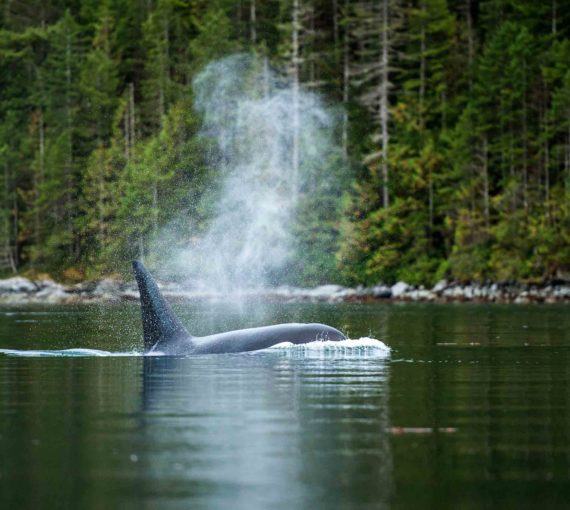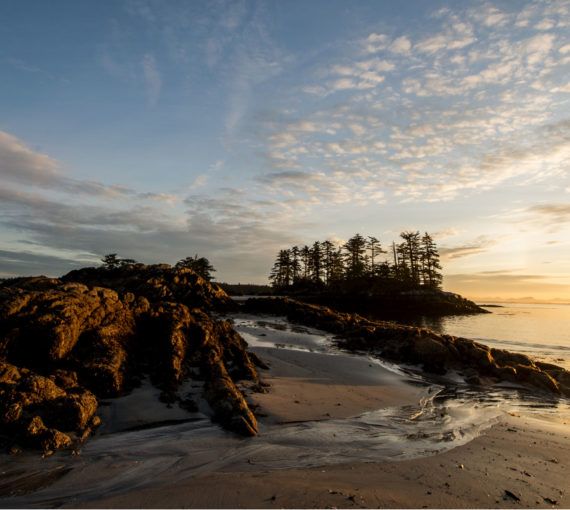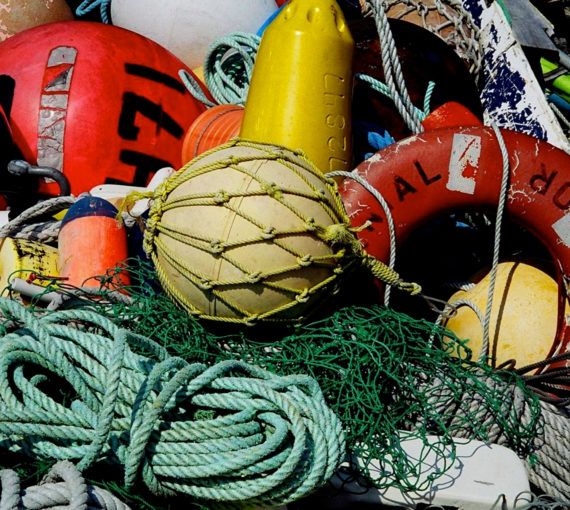
(Photo: Center for Whale Research )
In May, federal Fisheries Minister Dominic LeBlanc and Environment Minister Catherine McKenna declared that “southern resident” killer whales face “imminent threats” to their survival. It was an important announcement that received little attention. Under the Species at Risk Act, the government is obligated to take immediate action to reduce threats and protect critical habitat when a species faces imminent risk of extinction.
With the killer whale known as L92 now presumed dead, the number of southern residents has dropped to 75. This small population has not had a successful calf since 2015. A 2017 study of their birth rates found nearly 70 per cent of pregnancies in the last decade failed. What should be healthy, reproductive members of the population are being lost to apparent starvation.
Southern residents eat mostly Chinook, or spring, salmon, which lie at the heart of the problem. The whales face a crisis not just because Chinook numbers are declining, but also because Chinook are much smaller than they once were, smaller females carry fewer eggs, and Chinook historically returned from March through to the fall. Presently, very few arrive before June. Last year, Fisheries and Oceans Canada’s own test fishery on Fraser River Chinook had the lowest returns in its 35-year history.
Another problem is that noise and disturbance from vessel traffic has made it difficult for whales to hunt, communicate and catch food. Chinook are also a source of contaminants that can compromise the health of whales and their offspring.
In 2017, the Raincoast Conservation Foundation published a population viability analysis indicating southern resident killer whales face a 25-per-cent risk of extinction over the next 100 years if threats to their survival are not reduced.
In late May, the ministers announced fisheries closures in key southern resident foraging areas. Although the news was welcome after a decade of waiting for actions to reduce threats to the whales, the measures only partially address concerns over food availability and disturbances. The areas closed to recreational fisheries do not include a large section of the key foraging area recommended for closure by killer whale scientists. In addition, DFO’s Chinook catch reductions are not intended to increase food for whales; they are simply a response to the fact that Chinook in southern B.C. face a crisis.
As such, DFO’s catch reductions are not designed to ensure that a minimum number of Chinook salmon reach their spawning grounds. We have seen no analysis that indicates DFO will achieve the 25 to 35 per cent reduction in catch they strive for. Even though the feeding areas closed for whales do not allow fishing, the total catch or overall fishing effort is not reduced. Many places adjacent to the closures have no reductions in bag limits over previous years.
The fisheries closures in key feeding areas also need to, at minimum, prohibit whale-watching to reduce noise and disturbance. If fisheries closures are to be effective, then all vessel intrusion should be barred within those zones, not just fishing boats. Stakeholders at the South Coast Integrated Harvest Planning Committee, a federal salmon management advisory process that includes the conservation and fisheries sectors, unanimously agreed that whale-watching of southern residents must be excluded from the feeding areas closed to fishing.
Noise from boats near killer whales disrupts feeding. The population viability analysis found, “Southern Residents reduce feeding activity by 25 per cent around boats. When in the Salish Sea, Southern Residents are in the presence of a vessel an estimated 85 per cent of the time and foraging in the presence of boats an estimated 78 per cent of that time.”
Whale-watching is not the only source of vessel noise and disturbance that must be addressed. Increased shipping traffic associated with the Trans Mountain Pipeline expansion could put the southern residents in the presence of vessels up to 100 per cent of the time as, according to the previous pipeline proponent, Kinder Morgan, tankers would be a “near continuous” presence. Even Kinder Morgan acknowledged that this noise has serious implications for whales that cannot be mitigated.
Although southern resident killer whale numbers have been low in the recent past, they are currently trying to recover in an environment with the lowest prey on historical record, perhaps the highest noise levels, and exceptionally high contaminant burdens. The conclusion they face imminent threats to their survival requires the federal government to take immediate action to reduce those threats, not ramp them up as is being done with the purchase of Trans Mountain. The federal government already faces one killer whale lawsuit for approving the Trans Mountain project and violating the Species at Risk Act. Will the government’s left hand now tell its right hand that it is breaking federal law again?
This op-ed was originally published in the Vancouver Sun. Misty MacDuffee is a biologist with the Raincoast Conservation Foundation’s Wild Salmon Program.
Our work
Always grounded in sound evidence, the David Suzuki Foundation empowers people to take action in their communities on the environmental challenges we collectively face.




